CLAIRE LORDON is an American-Canadian illustrator, designer, and author who creates children’s books, comics, surface designs, murals, maps, and greeting cards for a number of companies. She earned her BFA in illustration at the Rhode Island School of Design. She lives in Vancouver, Canada.
I had the opportunity to interview Claire, which you can read below.
First of all, welcome to Geeks OUT! Could you tell us a little about yourself?
Sure! I am an illustrator and author and upcoming graphic memoirist. My book One in a Million came out October 10th. I am an American-Canadian illustrator, designer, and author living in Vancouver, Canada. I create children’s books, comics, surface designs, murals, maps, and greeting cards for a number of companies.
My work is inspired by my lifelong spirit for adventure, a love of the outdoors, and an enthusiasm for travel. I enjoy long distance running, hiking, kayaking, lacrosse, curling, and snowboarding.
My pronouns are she/they.
What can you tell us about your debut book, One in a Million? What was your inspiration for the book?
My book One in a Million is a graphic memoir about when I was a teen dealing with mysterious health symptoms. I wanted to create the book I needed as a teen.
I’m going to use third person to talk about my book because this happened to me in the past.
In the book Claire tries to balance being a normal teenager with all sorts of new symptoms she had at the time such as weight gain, depression, insomnia, and more. Eventually she is diagnosed with a brain tumor, specifically Cushing’s Disease.
What are you hoping readers will take away from One in a Million?
I hope readers take away empathy and an understanding that the person next to you may be going through a health battle and you can’t tell by looking at them. I also want readers to learn what it’s like to live with an illness that’s a medical mystery. I also hope that readers that are going through tough a medical diagnosis or health issues to know that they are not alone, especially teens.
As creatives, how did you become drawn to the graphic novel/comics medium, especially graphic memoir?
I’ve been reading comics ever since I was a kid. I remember being so happy read Calvin and Hobbs and Tintin books when I was young. I really became drawn to graphic novels when I took a comics class in college. I was introduced to graphic memoir through Smile and El Deafo. Non-fiction, autobiography, and memoirs have always been some of my favorite books. When I discovered books like Fun Home, Maus, and Hey, Kiddo are memoirs but in graphic novel format I was very eager to read them.
How would you describe your artistic/creative background?
It all started when I was three and announced to my parents that I was going to be an artist when I grew up. Flash forward and I graduated from the Rhode Island School of Design with a degree in illustration. I didn’t realize until my last semester that where my art really shines is when it is geared towards children. Because of this I didn’t actually take the children’s book class at RISD. A couple years after graduation I took a children’s book class with the School of Visual Arts continuing education program. Since then I have written and/or illustrated six picture books and one board book. I also work on a variety of illustration projects with numerous clients.
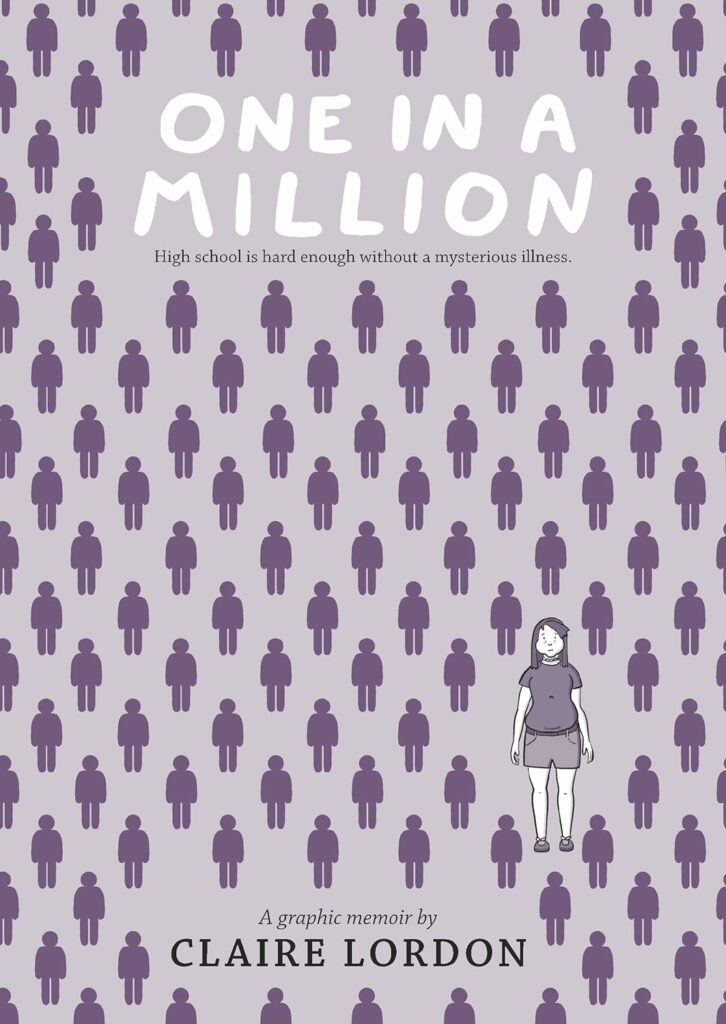
How would you describe your illustration/writing/creative process?
For books I’m definitely a text before sketching person. For One in a Million I approached it by creating a rough outline. After that I sketched a couple pages and wrote out a very detailed rough outline that was pitched to editors. From there I worked on finishing the text and thumbnails. Then I broke the text into pages and did rough thumbnails (small sketches smaller than a business card) to figure out the layout of the book. After a couple edits I moved onto sketching the whole book. When that was approved I moved onto final art and then adding color. Phew!
Growing up, were there any stories in which you felt touched by/ or reflected in? Are there any like that now?
I definitely felt reflected in books because I am white. I am thankful that my parents surrounded me a rich diverse set of books to learn about others’ experiences. I do wish there had been more books when I was young about people being non-binary or asexual, especially how non-binary is such a wide range. Thankfully there are books like that now!
As s creatives who or what would you say are some of your greatest creative influences and/or sources of inspiration?
My inspiration comes from everything. I try to read a variety of books from board books all the way to adult with a mix of non-fiction and fiction. I’d say the outdoors, nature, and traveling are big influences too. My past is also a big influence as I try to create things my past self would love. I also try to make work that makes people smile as I know art or books can really make a positive difference when I have been through tough times.
What’s a question you haven’t been asked yet but wish you were asked (as well as the answer to that question)?
How long did the whole book making process for One in a Million take?
From rough outline to being published it took six years. I’m thankful I had so much time to make this book the absolute best it could be. It was so hard trying to narrow down all the events in this eight-month period of my life because so much happened. The book could have easily been twice as long. In the end editing out events that didn’t move the story helped make the book stronger.
Are there any projects you are working on and at liberty to speak about?
I’m in the early stages of plotting a picture book/easy reader (I haven’t quite decided which one best fits the story yet). I also have a picture book that I need to a text edit before starting working on a book dummy.
What advice would you give to other aspiring creatives, especially those hoping to work on their own graphic novels one day?
Read, read, and read some more. Read a wide variety of books including books that aren’t graphic novels. Find a critique group or buddy who can give you honest feedback on your work. Keep making work and find ways to share it, including social media. Also, take a look at Scott McCloud’s books Understanding Comics and Making Comics.
Finally, what books (comics included)/authors would you recommend to the readers of Geeks OUT, particularly those focusing on similar themes as yours, such as chronic illness?
Before I began working on my book and while I was working on it I read many memoirs, graphic novels, and graphic memoirs. Below are some of the best that I read:
Epileptic by David Beauchard
Parenthesis by Élodie Durand
Lighter Than My Shadow by Katie Green
Stitches by David Small
Brain on Fire by Susannah Cahalan

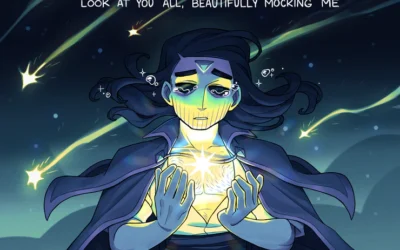
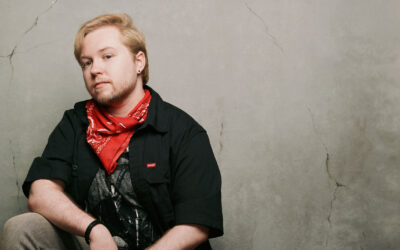
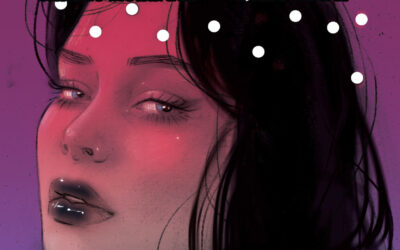
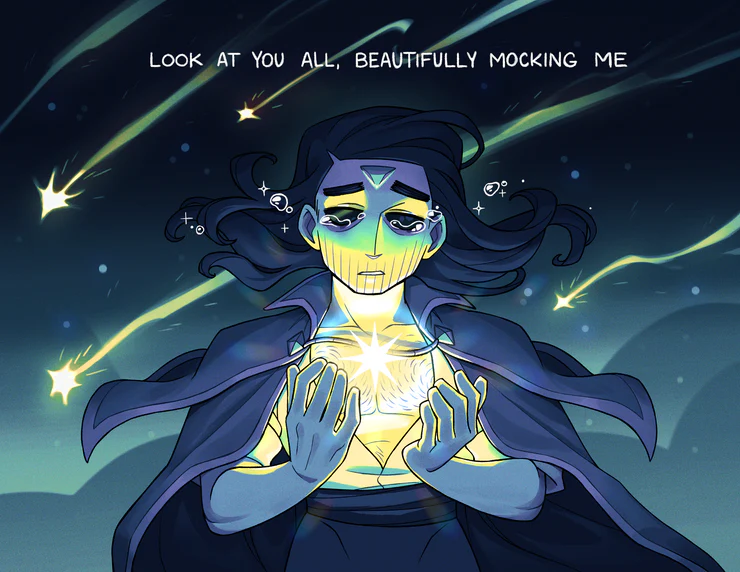
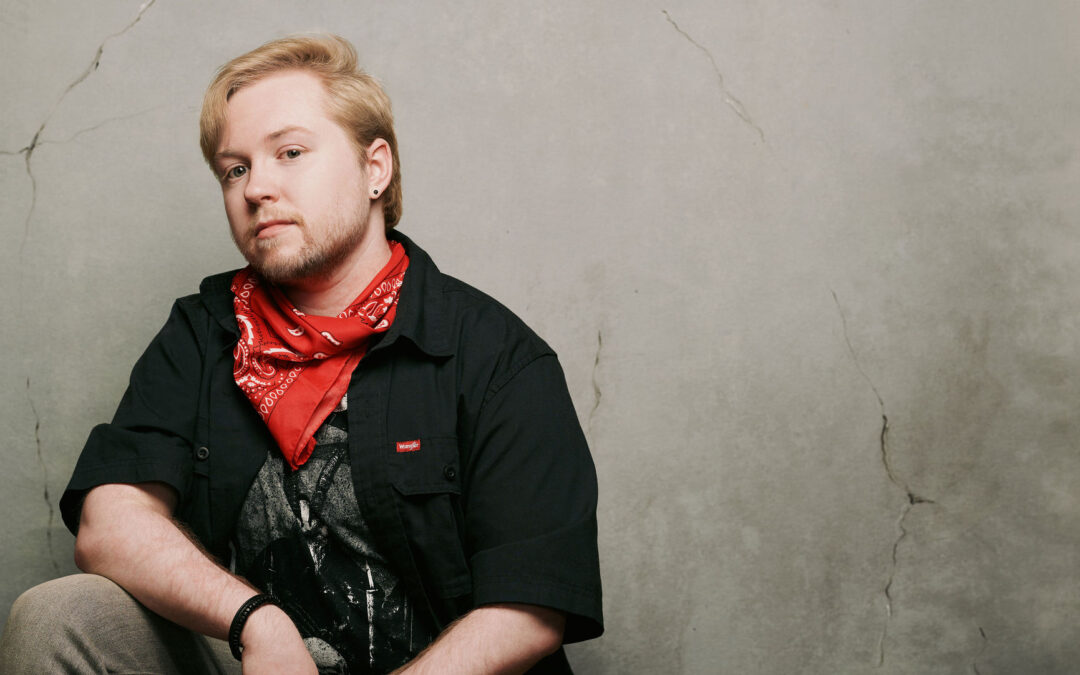
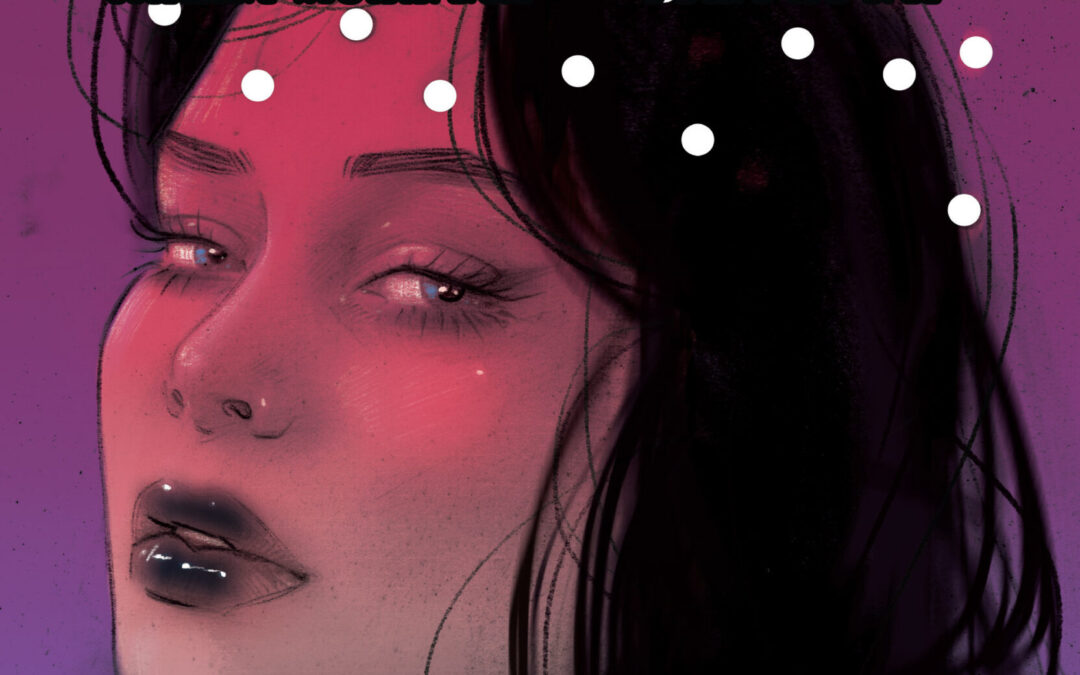
0 Comments